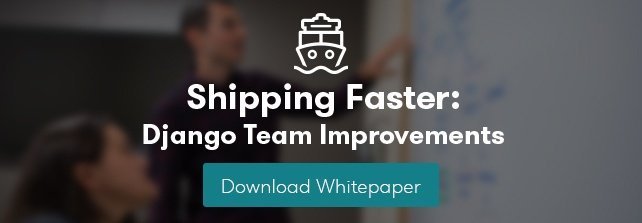
Early in your transition to Scrum, you will be faced with a hard truth: your team or organization has job titles and Scrum has roles, and there is probably little to no overlap between the two. How do you map Susan, lead technical architect, and Tom, project manager, to the three Scrum roles: product owner, Scrum master, and developer?
Depending on the resources driving your transition, you’ll find some ready-made solutions at your fingertips: product managers and strategists become product owners, project managers become Scrum masters, and all the other actors become developers. Easy, problem solved, you might think. Susan is now a developer and Tom is a Scrum master. Stick a fork in this transition because it’s done.
I suggest a different approach. Instead of trying to map titles directly to roles, map people to roles. Take a deeper dive into the Scrum roles: What characteristics does a Scrum master need? What authority do they need? Once you’ve figured that out, which person - not title - best matches the needs of the role?
The Product Owner
The Scrum role of product owner (PO) has the following core responsibilities:
- Maintain the vision of the product
- Manage trade-offs in scope, schedule, budget, and quality
- Own the product backlog
- Empowered to make decisions
- Define acceptance criteria and verify that they are met
- Collaborate with the development team and all stakeholders
Additionally, a good product owner has the following characteristics:
- Domain knowledge
- Good communicator
- Good negotiator
- Great at building and managing relationships
- Powerful motivator
- Willing to make hard and/or unpopular decisions
- Available to the team
Take a look at the people you have available. Who can best fulfill these responsibilities and has all the necessary characteristics? Pro tip: If someone checks all the boxes except availability, keep looking. A Scrum team with an absent or remote PO is not going to be nearly as effective as a team with a readily and consistently available PO.
The Scrum master
The core responsibilities of a Scrum master (SM) are to:
- Lead the team by serving them (servant leadership)
- Coach
- Shield team from interference
- Resolve and remove impediments
- Act as an agent of change
A good SM also has the following characteristics:
- Knowledgeable about Agile and Scrum
- Questioning
- Patient and steady
- Collaborative
- Protective of the team
- Transparent in their communications
There’s also an additional consideration for the Scrum master role, and that’s the lack of command and control. A Scrum master should not be commanding or controlling; they don’t tell team members what to do, and they don’t control what team members work on or how they work. Which person on your team best fits this role? It’s likely that the best candidate is not your project manager. (After all, what PM is happy not being in control?) And don’t forget that your SM can be a developer if they are the best person for the role (and are suited to wearing multiple hats at once). If you don’t have a suitable candidate for the SM role, it would be better to hire a trained and experienced Scrum master rather than placing an unsuitable person into the role.
The Developer
And what about the developer role? The Scrum Guide defines the Development Team as “professionals who do the work of delivering a potentially releasable Increment of ‘Done’ product at the end of each Sprint”. So ask yourself: who is making the product? You’ll probably come up with a collection of folks with varying job titles, like developer, programmer, quality assurance, architect, artist, designer, etc. Congratulations, all those folks are now in the developer role in Scrum!
Stay Focused
Looking for people with suitable characteristics for each Scrum role may take longer than mapping based on job titles, but it’s worth the effort. If you stay focused on people during your transition, you’ll end up with a smoother transition, happier people, and more productive teams. Find out more about transitioning to Scrum by reading about how we did it at Caktus.


